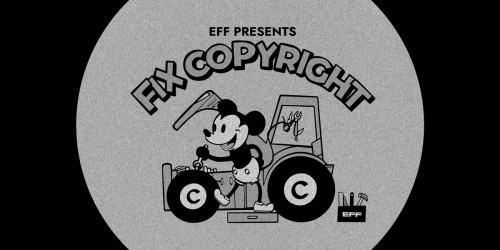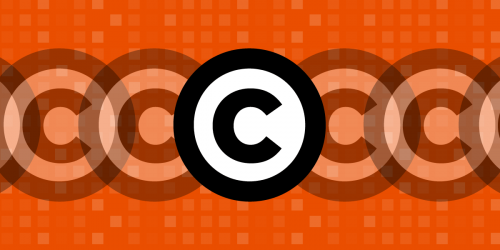For the first time ever, this month’s Stupid Patent of the Month is being awarded to a design patent. Microsoft recently sued Corel for, among other things, infringing its patent on a slider, D554,140, claiming that Corel Home Office has infringed Microsoft’s design.
The design patent, as detailed by Microsoft in its complaint, is titled “User Interface for a Portion of a Display Screen” and entitles Microsoft to own this:

More specifically, Microsoft claims to own this design of a slider.
Design patents aren’t like the utility patents that most people think of when they think of patents. Unlike utility patents, which are meant for new and useful inventions, design patents are meant for new, non-functional, ornamental aspects of articles. They have only one claim, little to no written description, and usually a series of images detailing what exactly is being claimed. (A note about design patents: solid lines are used to show what is claimed; broken or dotted lines show the unclaimed “environment related to the design” or define the boundary of the design.)
As Professor Sarah Burstein points out on her fantastic Tumblr, design patents are often issued on a small part of a product, and often for things that seem unoriginal, not ornamental, or just ridiculous.
Microsoft’s patent claims against Corel are unsurprising in light of how much money is potentially at stake. If Corel is found to infringe even one of Microsoft’s design patents through even the smallest part of Corel Home Office, current Federal Circuit law entitles Microsoft to all of Corel’s profits for the entire product. Not the profits that can be attributed to the design. Not the value that the design adds to a product. All of the profit from Corel Home Office.
The well-known Apple v. Samsung dispute addressed the issue of whether an infringer should be required to pay all of its profits for infringing a design patent that applies only to a portion of a product. Samsung had asked the Court of Appeals for the Federal Circuit to reject this reading, but the court disagreed in a May, 2015 opinion.
Samsung has now asked the Supreme Court to weigh in. In its petition for certiorari, Samsung points out the absurd results of this rule. For example, Samsung explains that under the Federal Circuit’s ruling, “profits on an entire car—or even an eighteen-wheel tractor trailer—must be awarded based on an undetachable infringing cup-holder.” In addition, given that many products will include multiple ornamental features that could be covered by design patents, this raises the possibility that a company could get hit for multiple judgments for all its profits.

That sounds pretty crazy to us. But that’s exactly what might happen if Microsoft prevails against Corel. Putting aside whether Microsoft’s design was actually new and not obvious in 2006 (when Microsoft filed its application), whether Microsoft needed the patent incentive in order to come up with this design, and whether it is even desirable to grant a company a government-backed monopoly on a graphical slider (we don't think so, that's why this is a stupid patent), the scope of damages for design patent infringement has the potential to become a powerful tool to shut down legitimate competition based on the mere threat of a lawsuit.









